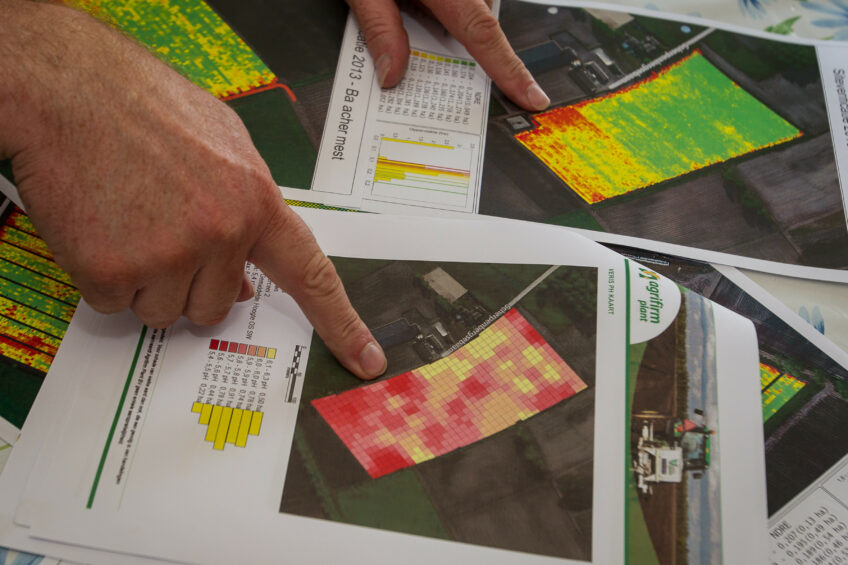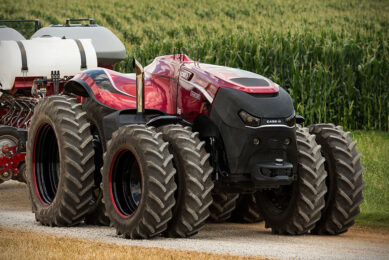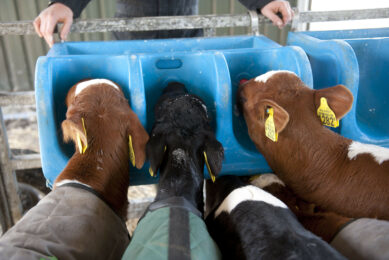Digital Farming: what does it really mean?

Agriculture 4.0 paves the way for the next evolution of farming consisting of unmanned operations and autonomous decision systems on farming machines. But we are also entering the era of Agriculture 5.0, based around robotics and (some form of) artificial intelligence.
This is stated in a new publication ‘Digital Farming: what does it really mean?‘, published by the European sector organisation for agricultural machinery CEMA.
From simple farming to robotics
Digital Farming describes the evolution in agriculture and agricultural engineering from Precision Farming to connected, knowledge-based farm production systems. Over the last decades, huge improvement have been made, where we come from agriculture 1.0 to 4.0 and 5.0 today.
Agriculture 1.0
Situation in the early 20th century. A labour-intensive system of agriculture with low productivity. It was able to feed the population but required a vast number of small farms and a third of the population to be active in the primary agricultural production process.
Agriculture 2.0
Widely remembered as ‘The Green Revolution’, this phase of farming began in the late 50s when agronomic management practices like supplemental nitrogen and new tools like synthetic pesticides, fertilisers and more efficient specialised machines allowed to take advantage of relatively cheap inputs, thus dramatically increasing yield potential and growing returns to scale (consolidation) at all levels.
Agriculture 3.0
‘Precision Farming’ started once military GPS-signals were made available for public use.
Precision Farming improves the accuracy of the operations, managing in-field variations rather than treating fields as a whole, managing animals rather than herds. The intention is to give each plant exactly what it needs to grow optimally, with the goal to optimise the agronomic output while reducing the input (‘more with less’).
Agriculture 4.0
A new boost in Precision Agriculture can be observed around the early 2010s based on the evolution of several technologies: Cheap and improved sensors and actuators, low cost micro-processors,
high bandwidth cellular communication, cloud based ICT systems and big data analytics. As of the 2010s, smart technologies are also increasingly fitted as standard features on tractors, combine harvesters and other equipment.
Agriculture 5.0
This will be based around robotics and (some form of) artificial intelligence.
Manage and own the data
CEMA further explains in its report that in order to make Digital Farming possible, 2 central preconditions must be fulfilled: Smart machines (machines must be able to receive, send, generate (via sensors) & process data) and connected machines (communication and inter-face standards must permit seamless data exchange between machines, with business partners, and among data portals). Also data management is of fundamental importance: data volumes must remain manageable and, above all, controllable. Transferring data management to a data portal makes it easier to control the processing and flow of information. The farmer decides on the allocation of access rights and on the question which partner(s) receive(s) which kind of data. In this way, the farmer can retain ‘ownership’ of the data.
Source: CEMA











